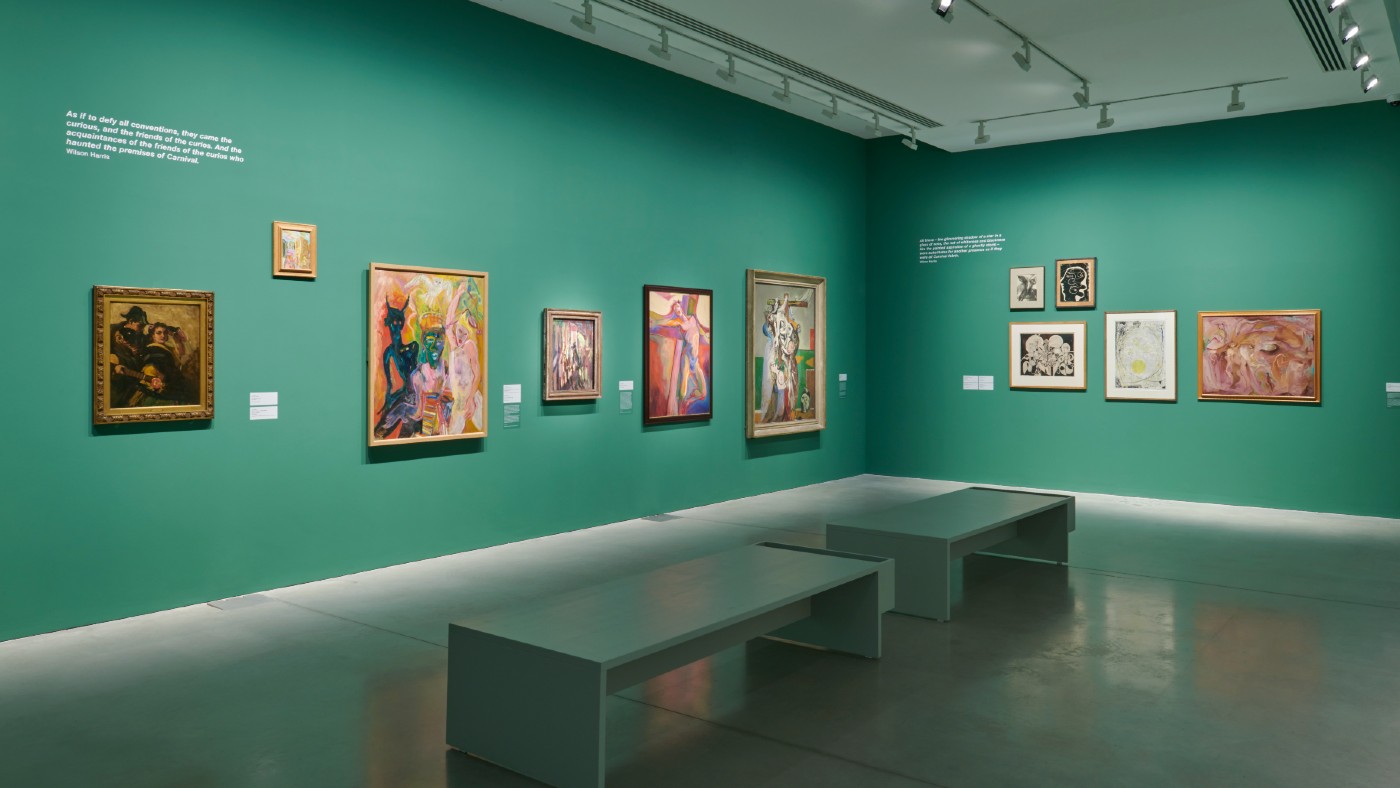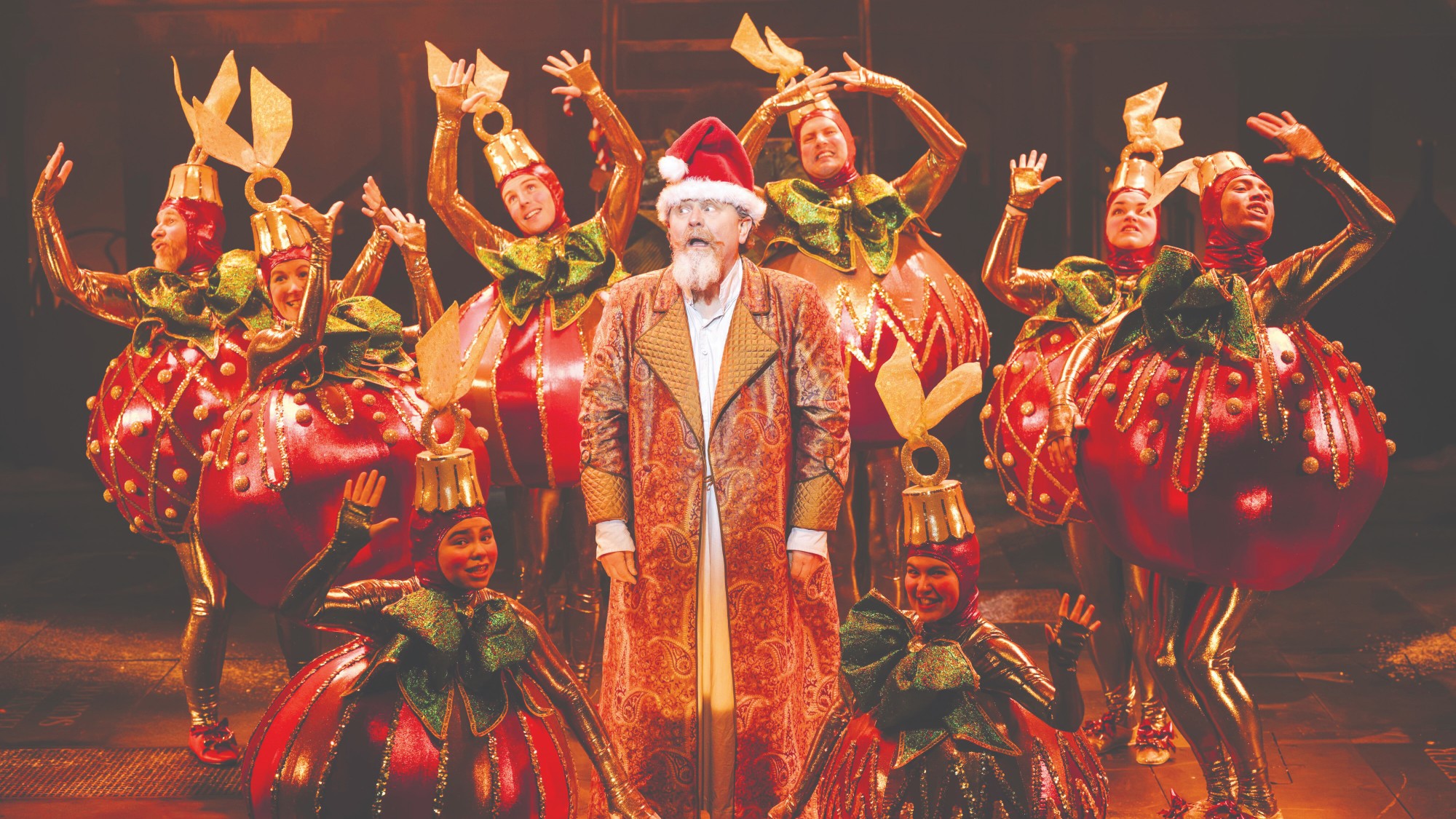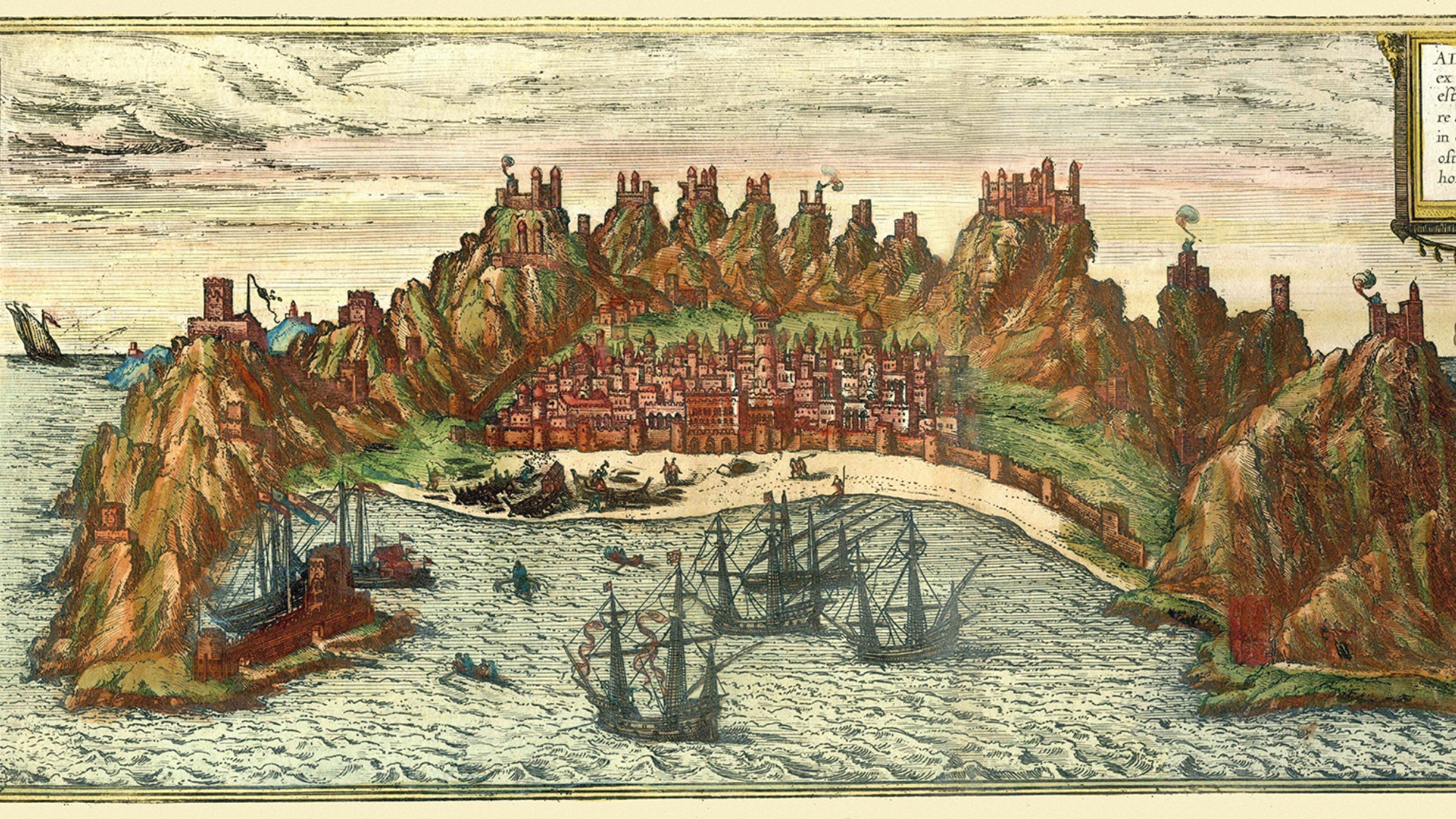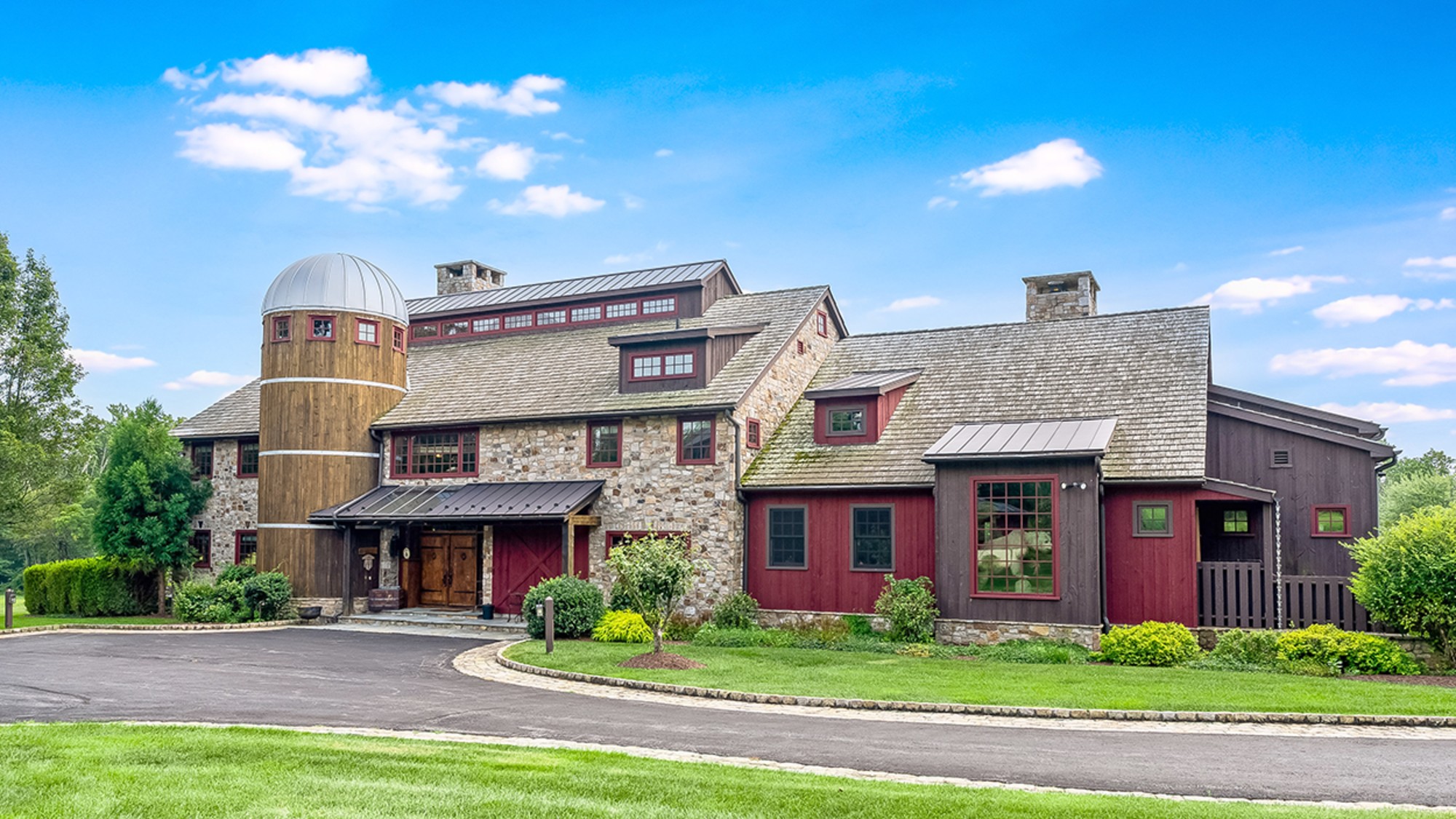Paint Like the Swallow Sings Calypso: a suitably ‘wild’ show
This exhibition about the carnival tradition in Britain is ‘rich in knowledge’ but ‘curiously joyless’

“Largely courtesy of the nation’s Protestant heritage, the carnival tradition in Britain is a muted affair,” said Michael Prodger in The Times. Elsewhere, however, “the instinct for ritualised abandonment remains vibrant”: revellers from Venice to Brazil seize the opportunity to embrace “a world temporarily without rules” and “slough off daily cares” on the eve of Lent.
Nowhere is this medieval tradition more alive than in the Caribbean, where islanders “celebrate with music, dancing, dress and feasting”. For this exhibition in Cambridge, three of the region’s foremost contemporary painters – Paul Dash (born in Barbados in 1946), Errol Lloyd (born in Jamaica in 1943) and John Lyons (born in Trinidad in 1933) – have been invited to show their own work alongside carnival-themed selections from the collections of Kettle’s Yard and the nearby Fitzwilliam Museum.
These include pieces by the likes of Picasso, Dürer and Goya. Tracing the pictorial history of carnival from the late Middle Ages to the present day, this is an interesting exhibition that mixes “wordy” wall texts with images of wild communal excess: “puking, canoodling, brawling” and the like.
The Week
Escape your echo chamber. Get the facts behind the news, plus analysis from multiple perspectives.

Sign up for The Week's Free Newsletters
From our morning news briefing to a weekly Good News Newsletter, get the best of The Week delivered directly to your inbox.
From our morning news briefing to a weekly Good News Newsletter, get the best of The Week delivered directly to your inbox.
‘Patchy quality’
There are some good things here, said Hettie Judah in The i Paper. Paul Dash’s paintings and prints are a “highlight”, largely consisting of “rhythmic strokes of black ink that in places coalesce into thronged figures, but elsewhere suggest a mass of movement”. They are shown “in dialogue” with works exploring the roots and history of carnival, from Roman Bacchanalia to modern-day European Mardi Gras events.
Elsewhere, however, the art is of an undeniably “patchy quality”, with famous names represented by the slightest of works. There is a lot of great art on this theme, but you won’t see much of it here. “For a celebration of dance, music and masquerade”, this show is “curiously joyless”.
A ‘riveting’ show
I completely disagree, said Laura Cumming in The Observer: from first to last, it is “riveting”. It opens with a “big, joyous” Pieter Brueghel the Younger painting, replete with sozzled drinkers, competing pie-eaters and collapsing dancers. And it looks at how European carnival traditions that were imposed on Caribbean islanders were subsequently developed into something else entirely.
Errol Lloyd’s “lucid carnival watercolours” make the “juxtapositions of continents and centuries” explicit, demonstrating, inter alia, how headdresses worn in the Notting Hill carnival “resemble the feathers of elaborate Aztec and Olmec costumes”.
A free daily email with the biggest news stories of the day – and the best features from TheWeek.com
Meanwhile, we get a strange owl, as interpreted by Picasso, “a hugger-mugger riot of mad figures” from Goya’s Caprichos, and John Lyons’s vision of a Jab Molassie (a molasses devil) “rearing up in a carnival parade” – an image that “speaks straight back through time to the Spanish Inquisition”. This is a suitably “wild” show, “rich in knowledge as well as images”.
Kettle’s Yard, Cambridge. Until 19 February. Free entry
-
 5 fairly vain cartoons about Vanity Fair’s interviews with Susie Wiles
5 fairly vain cartoons about Vanity Fair’s interviews with Susie WilesCartoon Artists take on demolition derby, alcoholic personality, and more
-
 Joanna Trollope: novelist who had a No. 1 bestseller with The Rector’s Wife
Joanna Trollope: novelist who had a No. 1 bestseller with The Rector’s WifeIn the Spotlight Trollope found fame with intelligent novels about the dramas and dilemmas of modern women
-
 Codeword: December 20, 2025
Codeword: December 20, 2025The daily codeword puzzle from The Week
-
 Joanna Trollope: novelist who had a No. 1 bestseller with The Rector’s Wife
Joanna Trollope: novelist who had a No. 1 bestseller with The Rector’s WifeIn the Spotlight Trollope found fame with intelligent novels about the dramas and dilemmas of modern women
-
 Appetites now: 2025 in food trends
Appetites now: 2025 in food trendsFeature From dining alone to matcha mania to milk’s comeback
-
 Man vs Baby: Rowan Atkinson stars in an accidental adoption comedy
Man vs Baby: Rowan Atkinson stars in an accidental adoption comedyTalking Point Sequel to Man vs Bee is ‘nauseatingly schmaltzy’
-
 Goodbye June: Kate Winslet’s directorial debut divides critics
Goodbye June: Kate Winslet’s directorial debut divides criticsTalking Point Helen Mirren stars as the terminally ill English matriarch in this sentimental festive heartwarmer
-
 A Christmas Carol (or two)
A Christmas Carol (or two)The Week Recommends These are the most delightful retellings of the Dickens classic from around the country
-
 ‘Capitalism: A Global History’ by Sven Beckert and ‘American Canto’ by Olivia Nuzzi
‘Capitalism: A Global History’ by Sven Beckert and ‘American Canto’ by Olivia NuzziFeature A consummate history of capitalism and a memoir from the journalist who fell in love with RFK Jr.
-
 Frank Gehry: the architect who made buildings flow like water
Frank Gehry: the architect who made buildings flow like waterFeature The revered building master died at the age of 96
-
 6 lovely barn homes
6 lovely barn homesFeature Featuring a New Jersey homestead on 63 acres and California property with a silo watchtower